IES-150B Industrial 5-Port Mini Type Unmanaged Ethernet Switch
Price 11396 INR/ Unit
IES-150B Industrial 5-Port Mini Type Unmanaged Ethernet Switch Specification
- Product Type
- IES-150B Industrial 5-Port Mini Type Unmanaged Ethernet Switch
- Dimension (L*W*H)
- 26.1 (W) x 70 (D) x 95 (H)mm (1.027 x 2.755 x 3.74 inch) Inch (in)
- Usage
- Industrial
- Size
- Different Size
- Color
- Black
IES-150B Industrial 5-Port Mini Type Unmanaged Ethernet Switch Trade Information
- Minimum Order Quantity
- 10 Units
- Payment Terms
- Cash in Advance (CID)
- Supply Ability
- 500 Units Per Month
- Delivery Time
- 7-10 Days
- Main Domestic Market
- All India
About IES-150B Industrial 5-Port Mini Type Unmanaged Ethernet Switch
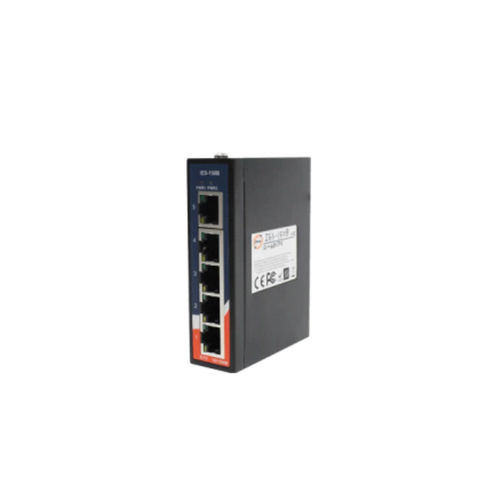

Price:
- 50
- 100
- 200
- 250
- 500
- 1000+
More Products in Ethernet Switch Category
L2 UNAMANAGED Ethernet switch
Price 4700.0 INR / Unit
Minimum Order Quantity : 10 Units
Size : 6
Color : Grey
Product Type : Teltonika Tsw110 L2 Unmanaged Switch
IES-1162GC Industrial 18-Port Unmanaged Ethernet Switch
Price 12075 INR / Unit
Minimum Order Quantity : 1 Unit
Size : Different Size
Color : Black
Product Type : IES1162GC Industrial 18Port Unmanaged Ethernet Switch
Usage : Industrial
IES-1042FX Industrial Slim Type 5-Port Unmanaged Ethernet Switch
Price 19500.00 INR / Unit
Minimum Order Quantity : 10 Units
Size : Different Size
Color : Black
Product Type : IES1042FX Industrial Slim Type 5Port Unmanaged Ethernet Switch
Usage : Industrial
Teltonika TSW101 Automotive Poe Plus Switch
Price 12075 INR / Unit
Minimum Order Quantity : 1 Unit
Size : Different Size
Color : Grey
Product Type : Teltonika TSW101 Automotive Poe Plus Switch
Usage : Industrial

 Send Inquiry
Send Inquiry
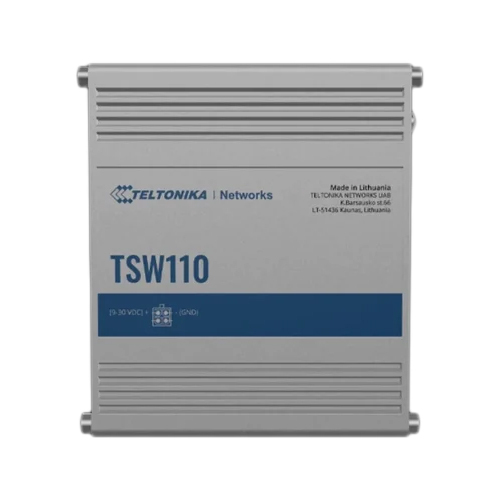
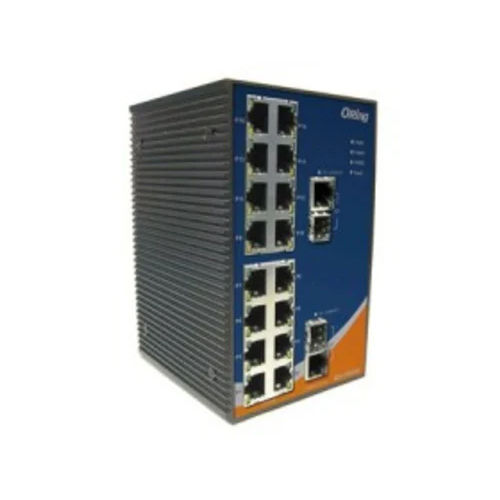
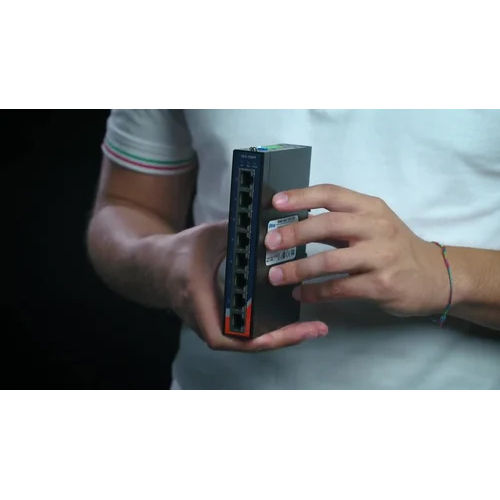
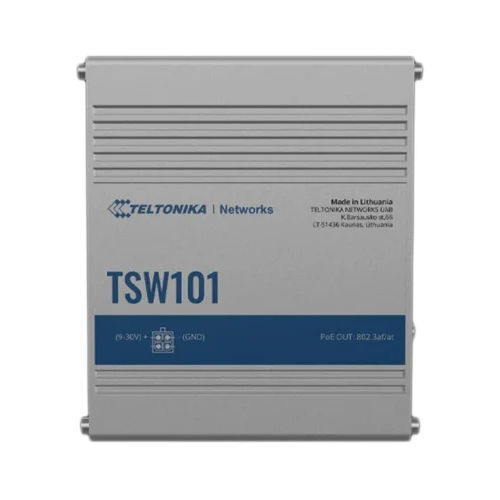


 Send Inquiry
Send Inquiry Send SMS
Send SMS Call Me Free
Call Me Free